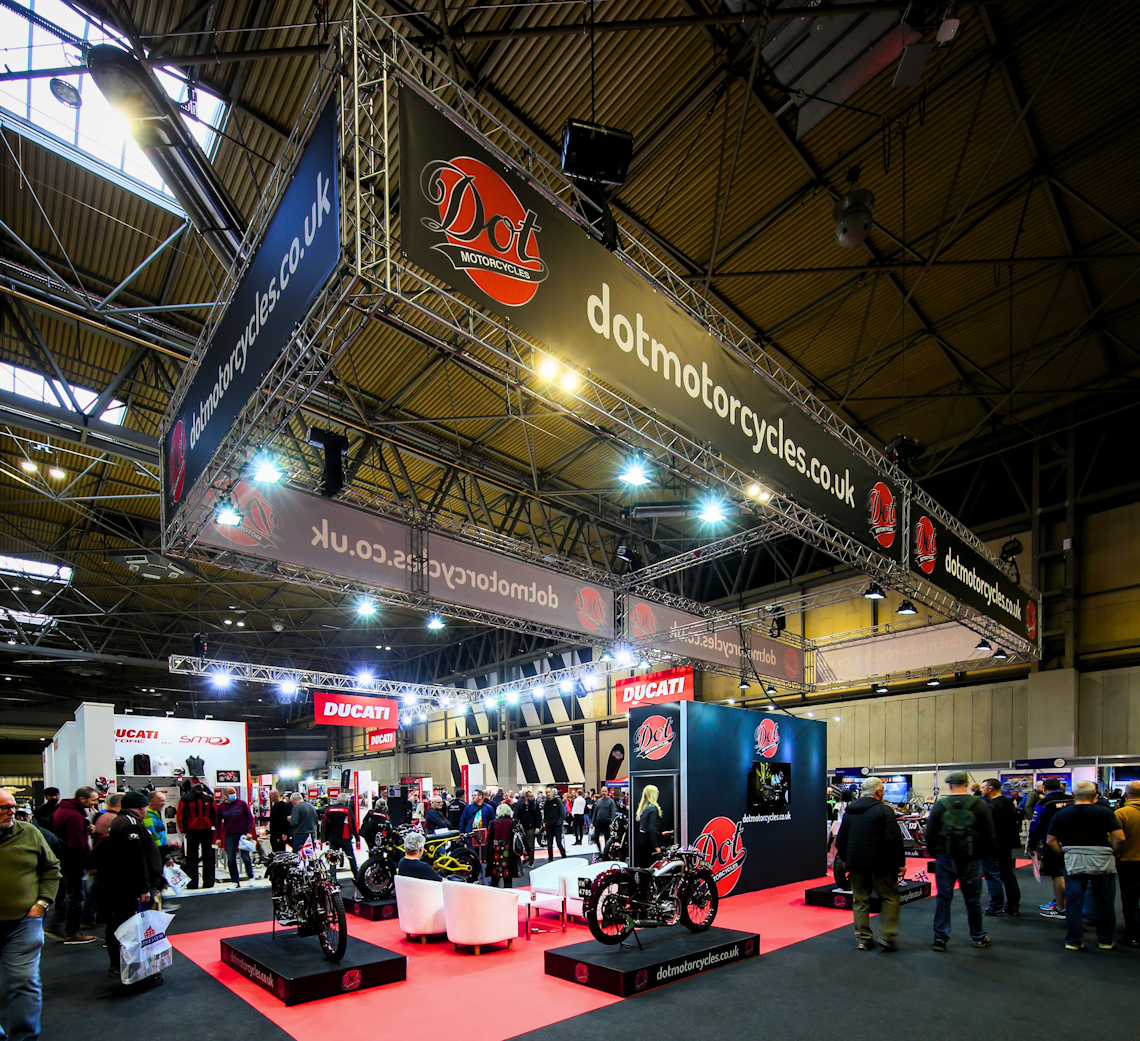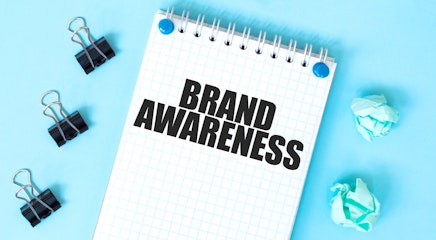Trade shows are an ideal platform for a product demo as they are a focal point for people from your industry's target audience.
Companies that include a product demonstration are more likely to attract attention to their stand and see a positive ROI from the event, with 92% of trade show visitors saying the main reason they attend events is to see new products.
With these advantages, how do you go about successfully running a product demo at a trade show? The tips below aim to help you turn your next demo into an engaging and profitable part of your trade show marketing.
Why Have a Product Demo in the First Place?
Despite customers being able to visually ‘sample’ products through social media and video content, hands-on demonstrations are still as valuable as ever. These demonstrations help bring products to life, giving tangible proof of how they work. Other major benefits include:
Product demos tend to be interactive
Allowing attendees to interact with a product is a personal experience that will make them more likely to buy. Research relating to shopping centres also backs this up, with 35% of customers who sample a product stating will buy the same item on that trip.
Demos make your brand seem more innovative
Trade shows often showcase the latest industry trends. Therefore, by running a demo on a new, innovative product your brand will be more likely to be perceived as cutting-edge. This is backed up by research showing that brands that exhibit at live events are perceived as being 28% more innovative when encountered face-to-face.
Live demos appeal to the senses
Don’t underestimate the power of the five senses when it comes to sales. Whilst mediums such as brochures, websites and TV advertising feature sight and sound, live product demos allow for the additional senses of touch, smell and taste to be brought into the equation!

Tips for Running a Successful Product Demo
Focus on the Benefits for the Customer
Many product demos can fall into the trap of over-emphasising the features of the product itself rather than its benefits for the customer.
When running your demo ensure you clarify exactly which customer pain points the product is aiming to solve, rather than simply listing its features.
How exactly does this product help your ideal example customer? How does it aid the things they value the most (usually money and/or time)?
Make it Interactive
Interacting with your audience will make your demo seem more authentic and easily-relatable. You can do this by getting audience feedback on their specific pain points and involving them with a live demo of the product.
As mentioned earlier in the article, the more people who can physically sample the product, the better. Make sure you have plenty of spare products to allow for people to sample them first-hand.
If you offer a virtual product or service, you can create an interactive demo for people to experience via tablet or VR headset.

Keep it Concise
A good way to attract passers-by to your demo is assuring them that it won’t take too long! Remember, the main focus of a product demo is to succinctly pique the customer’s interest in your product.
If the attendee requires more in-depth information you can supply this via a brochure, website or face-to-face follow-up meeting.
Choose the Right Presenters
The product you are trying to sell is only as strong as the person presenting it, so be certain to choose the right members of staff for your demo.
These sales staff will need to be energetic and charismatic, with the ability to answer complex product-specific questions.
Presenting for a whole day can be tiring so consider having at least two teams of sales people on alternating shifts. Take care to ensure that there is the right blend of technical knowledge and sales charm on the stand at all times.
If you don’t have anyone in your sales team up to the task, consider hiring some external sales staff for the presentation but double-check that they are accompanied by an experienced member of your team to answer any tricky technical questions.

Create a Buzz
Generate publicity for your product demos through promotion on social media, via the Expo handbook and your own stand branding. If you are running scheduled demos, make sure the times are clearly listed via a dedicated sign on your stand and via the exhibitor handbook if possible.
A great way to generate a buzz is by filming some of your demos and sharing this video content on social media. Although creating a professional video of the demo is good idea for your sales strategy long-term, don’t be afraid to record videos using phones and tablets for instant uploads at the event.
Although it can be expensive (don’t forget to negotiate!), being a sponsor of the event can help improve your brand’s prestige and encourage attendees to attend one of your product demos.
Design your Exhibition Stand around a Demo Area
You will want to maximise the number of attendees that can see the demo by creating a large viewing area on and around your stand. Discussing this with the event organiser before you are allocated a space is a good idea as you don’t want to be presenting to a cramped audience with a restricted capacity.
Consider building a raised platform on your stand with a large open space around it to aid unrestricted viewing access to each demo. Where possible include sample products dotted around your stand, such as through the use of transparent showcases.

Offer an Incentive
If you are running a scheduled demo at intervals throughout the day, you may want to offer an incentive for people to visit.
A good idea is to make this incentive rewards-based, such as entry into a prize draw, free sample or a discount on any new product orders. You can make these rewards dependent on the attendee giving you their contact details and GDPR-compliant marketing consent, meaning you can then target them with your sales follow-up after the event.
Remember that a product demo is about much more than raising brand awareness; you should always be aiming for concrete leads and marketing opt-ins where possible.
Top Tip: If your product hasn’t been released yet, you can ask attendees to opt-in to receive communications about updates and promotions – meaning you have a tailored list of contacts for when it launches.
Summary
A trade show product demo is a fantastic means of creating publicity and getting your product sampled by key industry figures and potential new customers.
By creating an engaging, interactive and well-publicised product demo you can guarantee you will generate a number of high-quality leads and maximise your ROI for that event.
Do you have any tips for presenting a product demo at a trade show? If so, please let us know using the comments section below.








